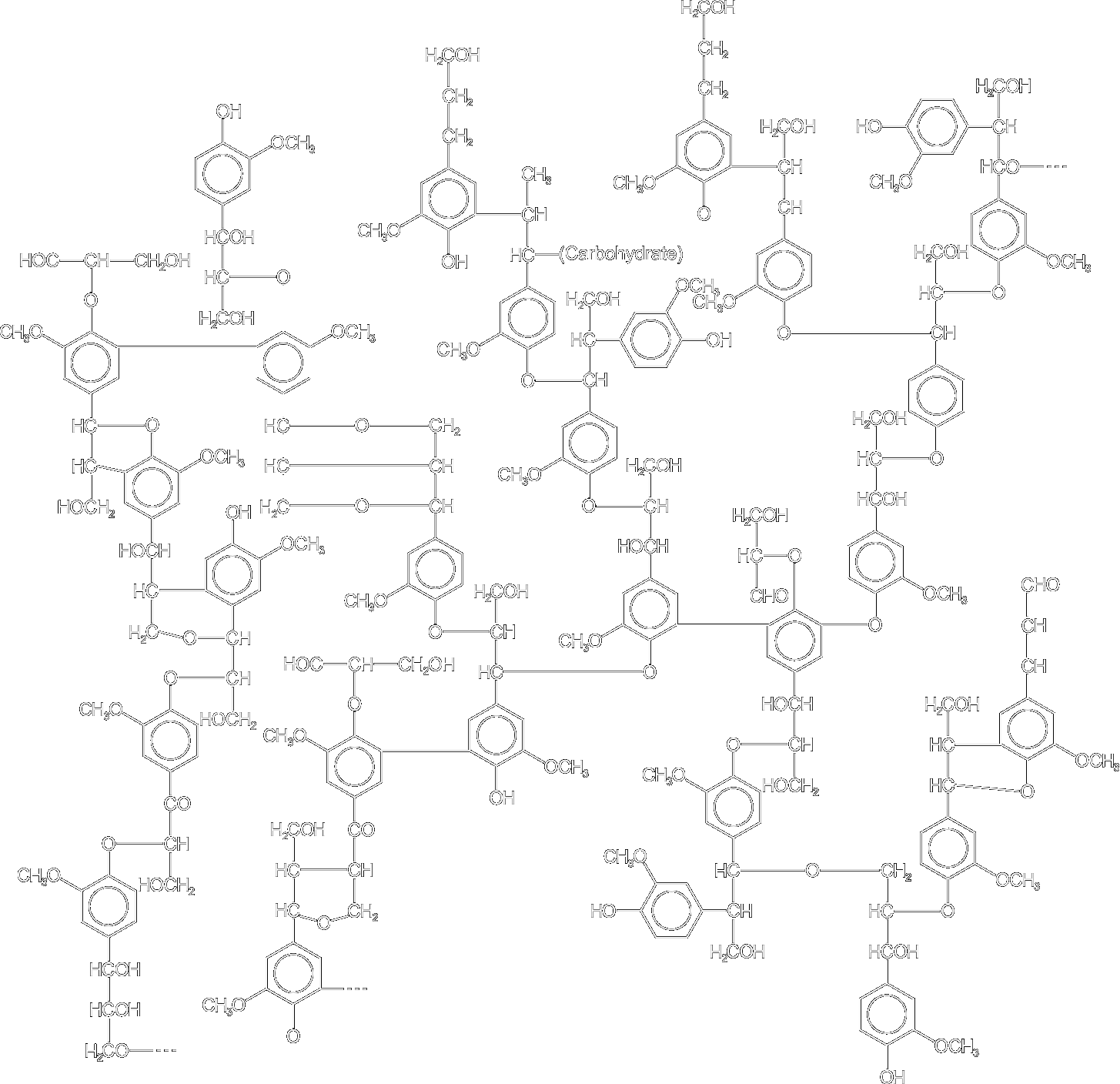Wood does not really burn
At this time of the year, it’s nice to curl up in front of a roaring wood fire.
However, it may surprise you to learn that the wood is not burning to generate those flames*
What is going on?

*Unless it gets really hot and turns to glowing embers.
This article is a slight deviation from my usual mix of math/engineering/computing, but I also loved chemistry when at school. I’d like to dedicate this article to the late Dr Harrington, my chemistry master at Bradford Grammar School. Dr Harrington was, by far, the greatest teacher I’ve had the pleasure to attend a class under, in any subject. His passion, depth and breadth of knowledge, enthusiasm, and teaching were infectious. He had a way of not just explaining, but telling related stories, and giving background; making the subject come to life, aiding comprehension and retention. I still remember the phraseology he used to explain certain topics. He was a wonderful teacher.
What is wood?
Before we delve into what is going on to the wood in the fireplace, let’s examine what wood really is.
We all know wood comes from trees, but what is it made from?

Wood is the hard-fibrous material that comes from the trunk, stems, roots, and branches of a once living tree.
The chemical composition of wood varies from species to species, but is approximately 50% carbon, 42% Oxygen, 6% Hydrogen, 1% Nitrogen, and 1% other elements (mainly Calcium, Potassium, Sodium, Magnesium, Iron, and Manganese) by weight.
As well as being fibrous, wood is also porous, and is comprised of three basic types of substances (along with absorbed water).
- Cellulose
- Hemicellulose
- Lignin
Cellulose, is a long crystalline polymer derived from glucose and constitutes about 40% of wood (by weight). Hemicellulose contribute to around 20-30%, and are polysaccharides (they contain many different sugar monomers; cellulose only contains anhydrous glucose). Hemicelluloses in wood are shorter chains at 500-3,000 sugar units per polymer cf. celluloses at around 7,000-15,000 glucose units per polymer. Lignins are complex, cross-linked, phenolic polymers, rich in aromatic sub-units.
Below is one of the many possible structures for the lignin in a tree. Pretty complex (Image source: Wikipedia).

Advertisement:
So what is going on in the fireplace?
The correct term to describe what is going on when we ‘burn’ wood is Pyrolysis (from the Greek, pyro for “fire” and lysis for “separating”). Pyrolysis is the term used to describe thermal decomposition.
The pyrolysis of wood is an incredibly intricate and complex process that is not completely mapped out and the exact output depends of many variables such as: type of wood, temperature, pressure, water content, environment, shape, surface area … but there are a few general processes that can be described.
 Image: willmacdonald18
Image: willmacdonald18When the temperature of wood is increased (through application of heat), first the water is driven off. This occurs up to about 200°C. Between approximately 200°C–280°C the heat starts to break down the hemicellulose compounds into Carbon Monoxide, Carbon Dioxide, Acetic Acid, (and more water vapour); these are driven out. Between 280°–500° decomposition of the longer cellulose and lignin begins and produces light tars and Methyl Alcohol. At higher temperatures still, Hydrogen is produced. (When the wood gets really hot and all the volatile sub-components have been expelled Oxygen does react directly with the Carbon left in the wood exothermically. This is what happens in the glowing embers, or what happens when charcoal briquettes, essentially pure carbon, are burned).
A couple of hundred intermediate products (organic acids, ketones, esters, aldehydes …) have been identified as being produced by the pyrolysis of wood as the complex long chains are broken down into more volatile compounds which are then burned.
Pyrolysis
It is the volatile compounds that out-gas from the wood, and eagerly react with oxygen, that are burning, and generate the flames we see. It’s more accurate to describe the wood as burning indirectly.

The yellow flames seen in a fire are the result of incomplete combustion, and the smoke produced (early stages of fire) is unburned carbon. As the fire gets hotter, more complete combustion occurs, less smoke is produced, and the flames lose the yellow color, turning more blue. The chemical reactions occurring in a burning of these volatile gasses generate a lot more heat which is what sustains the fire, and keeps it self-perpetuating. As long as there is a source of fuel (and oxygen), the fire will burn.
When all the fuel is consumed, what it left are the compounds that did not burn. We call this ‘ash’. For a wood fire, ash is primarily composed of metal carbonates and oxides (such as Calcium Carbonate, and Potassium Carbonate), from the compounds in the original wood.
Mythology
According to Greek mythology, the gods took fire away from people. Then, a hero named Prometheus stole it back. As punishment, the gods chained the thief to a rock, where an eagle fed on his liver. Every night, his liver grew back, and each day, the eagle returned to re-consume the regenerated organ.

Prometheus stole the fire from Olympus in a fennel stack. In honor of this act, Athenians instituted races, during which runners passed a flaming torch to each other. This is the origin of both relay races and the passing of the Olympic flame that we know today.
Please plant trees
Unless you’ve been living under a rock for the last decade, you have to be acutely aware that our planet is facing a climate crisis. For centuries we’ve been digging up Carbon that was sequestered in the Earth in the form of oil, coal, natural gas, and peat. We’ve been burning these fuels for energy, and the products of this combustion (mainly Carbon Dioxide) have had a very measurable impact on the composition of our atmosphere. This modification is causing (again very measurable) changes to our climate.
I want to avoid making any political statements (this is a technical blog), but please plant a tree (or even better, many trees).

As we’ve seen above, 50% of the weight of a tree is Carbon. Trees are also very heavy (search on the internet for videos of trees falling over and crushing houses and cars if you need convincing). If a tree weighs a couple of tonnes, half the weight of that tree is carbon. Where does this carbon come from? From our atmosphere of course. The seed for a tree weighs just a couple of grams, and a mature tree weigh many tonnes. To grow, trees photosynthesize and turn water and carbon dioxide (pulled from the air), into hydrocarbons. A living tree sucks carbon dioxide from the air and locks it into wood as it grows. Even when the tree dies (unless we burn it), the carbon is still locked up in the wood.
The best time to plant a tree is a century ago. The second best time is today!
Yes, we need to plant millions of trees to offset the damage caused by centuries of burning fossil fuels, and make a measurable impact to the climate, and yes, trees take a generation or more to grow and mature, but that’s no excuse not to do all we can. Quoting the ancient Chinese proverb, “The best time to plant a tree is a century ago. The second best time is today!”
Please plant trees. Each tree you grow can sequester a tonne, or more, of Carbon. They also look nice, provide shade in the Summer, and offer homes for birds. You can climb them, put swings in them, and (if you plant fruit trees), even eat food from them. It’s win-win-win all the way home.
(Oh, and Maple Syrup!)
